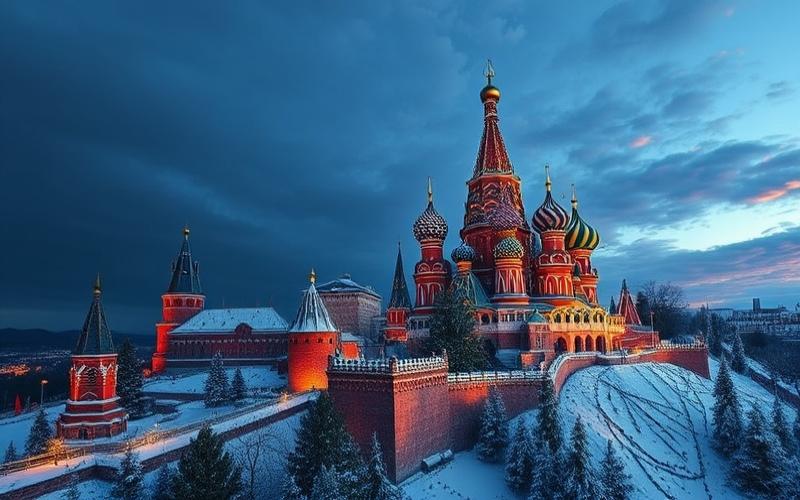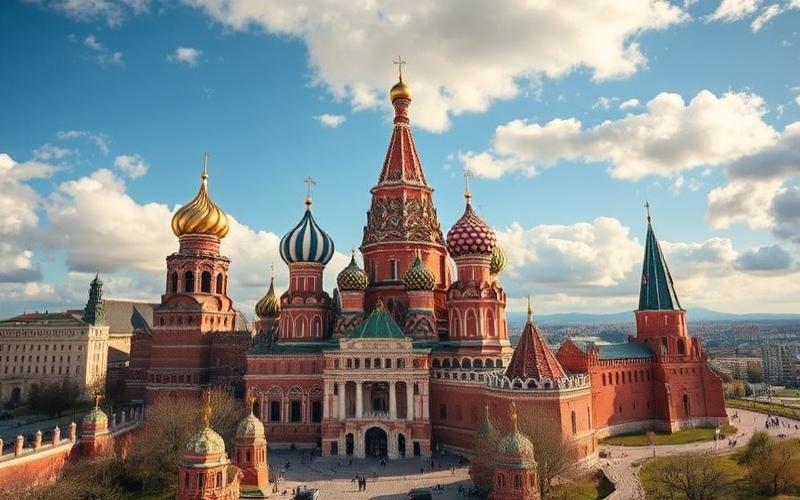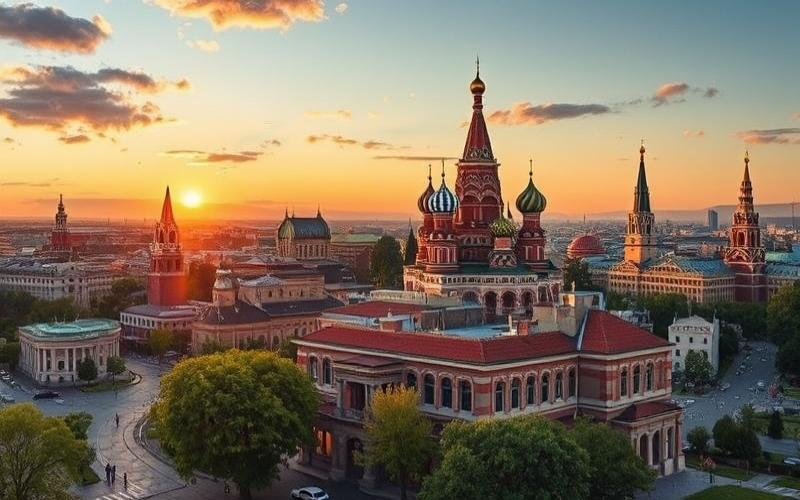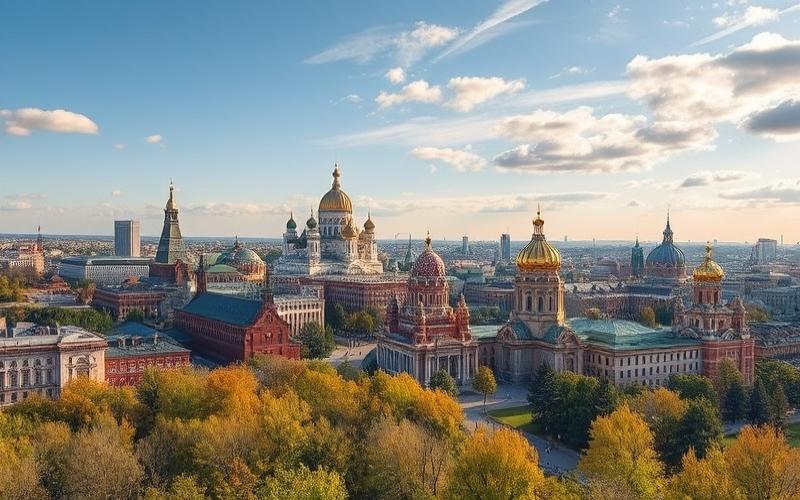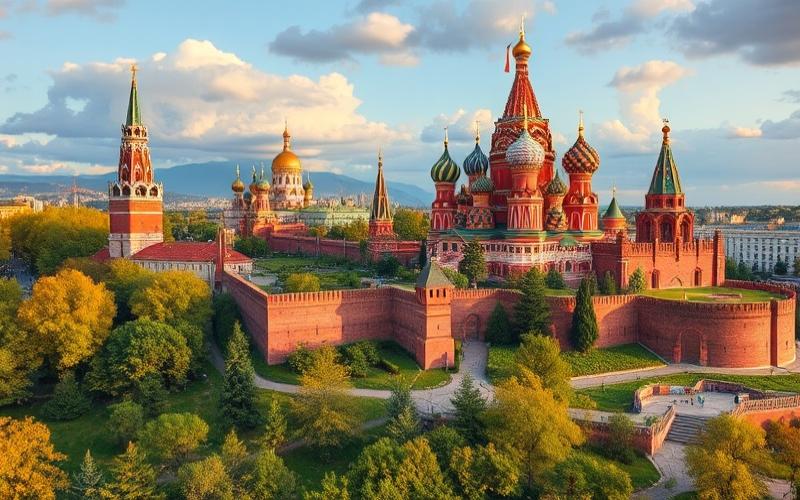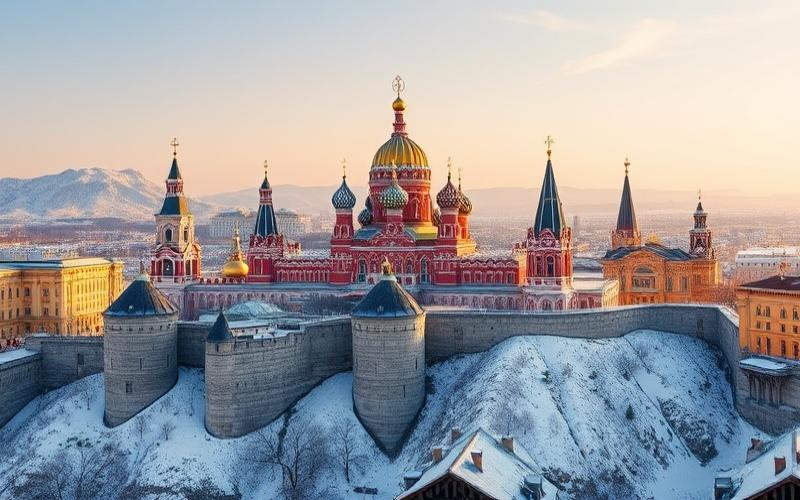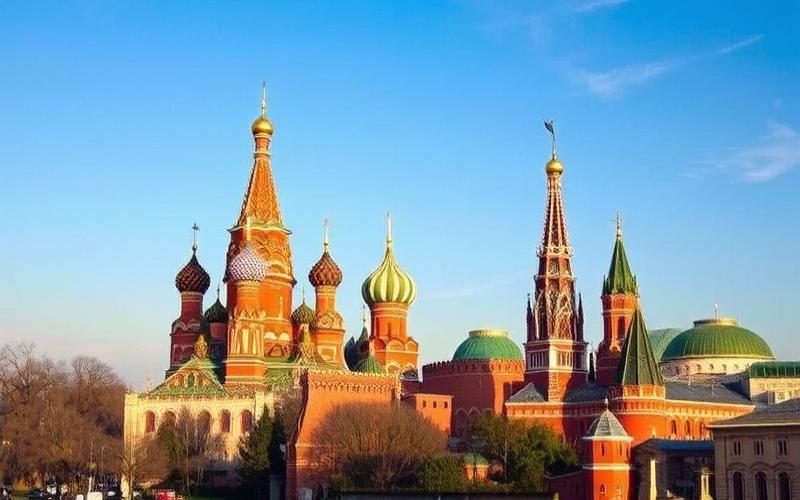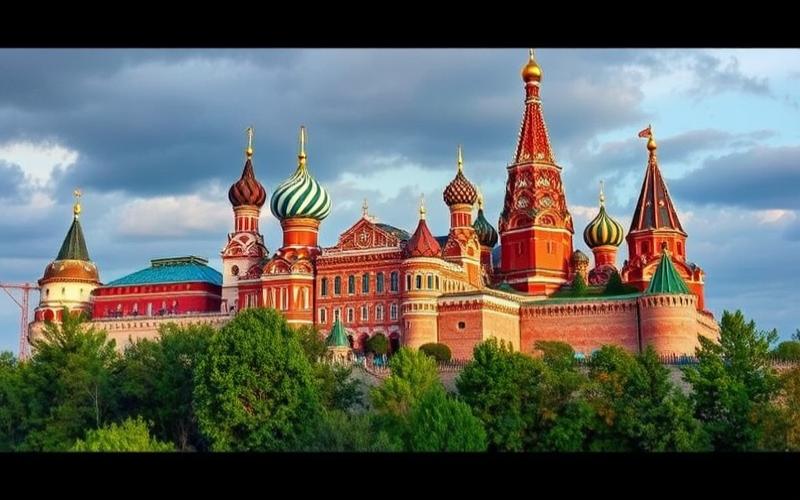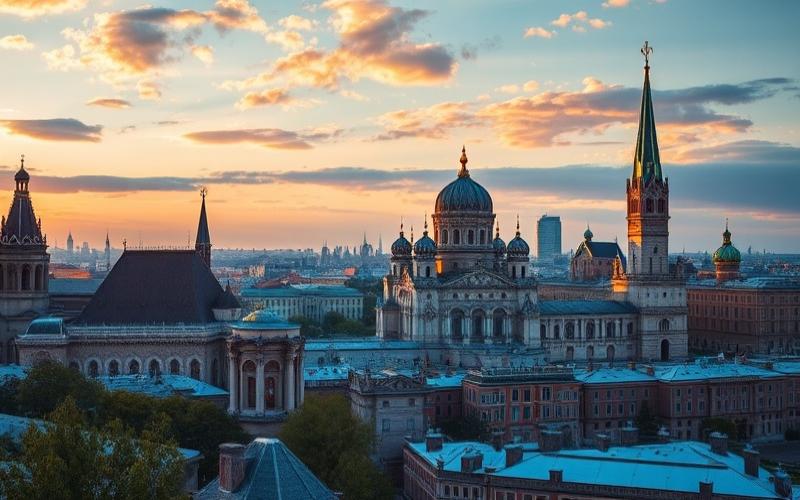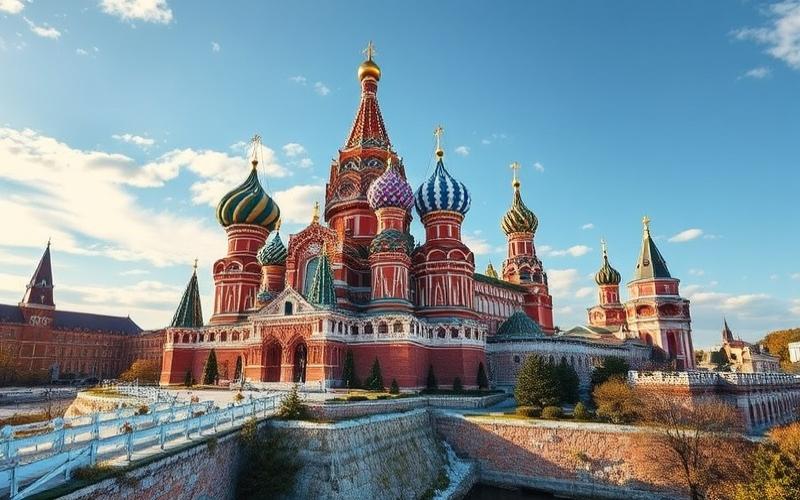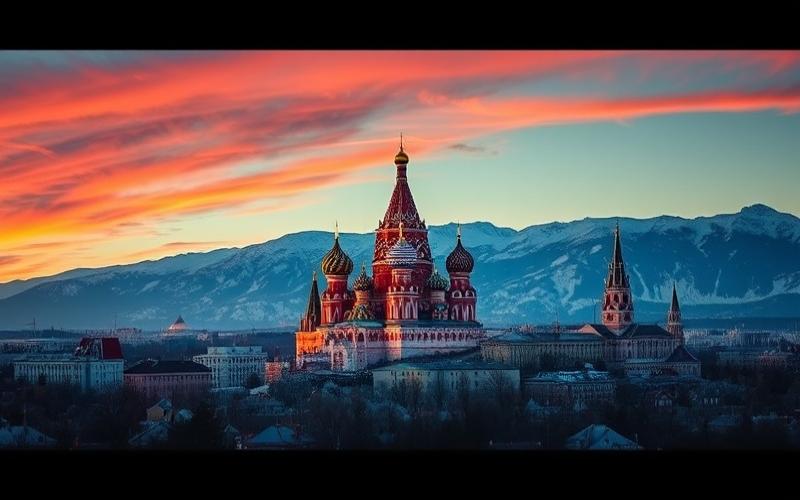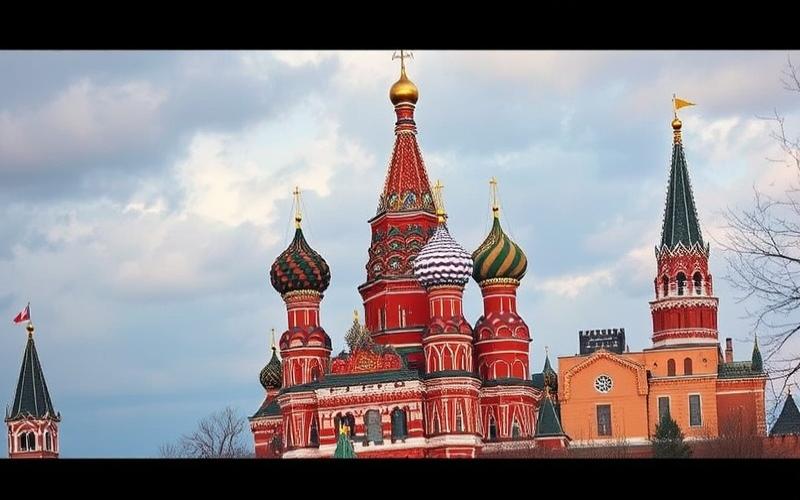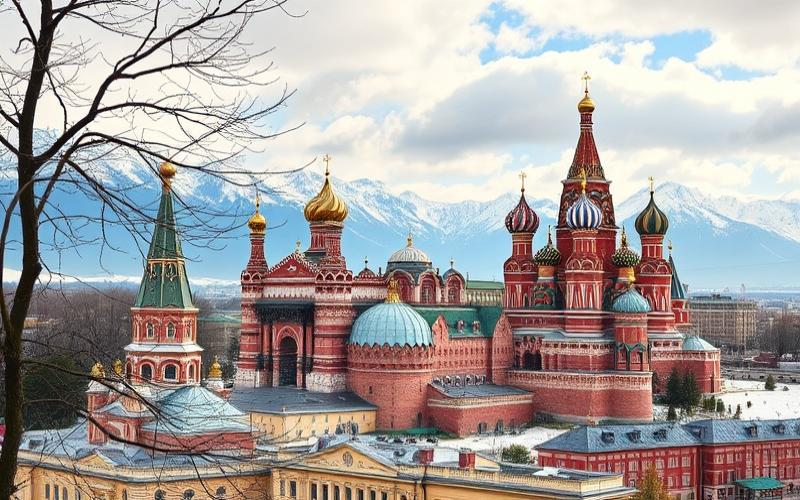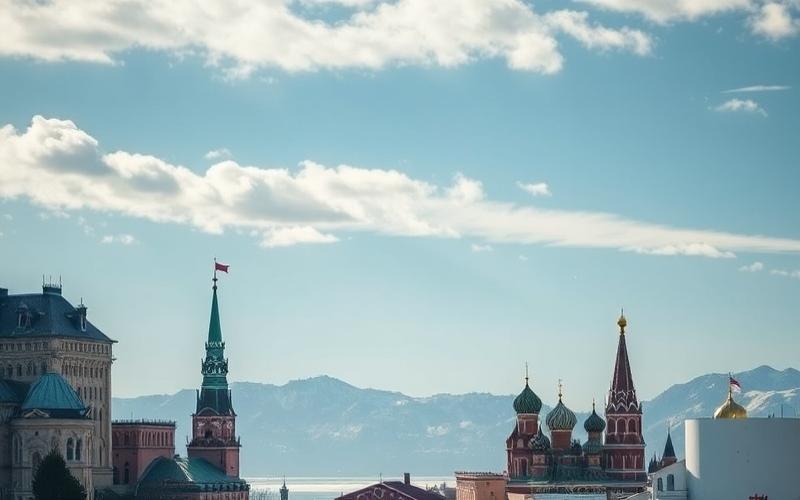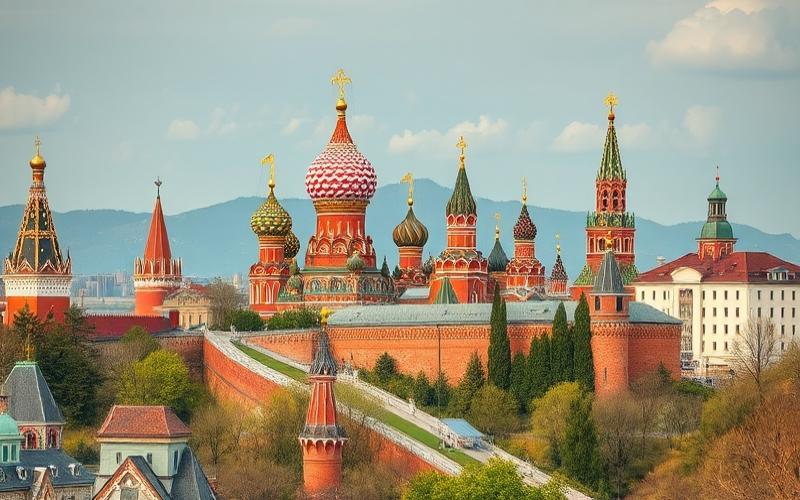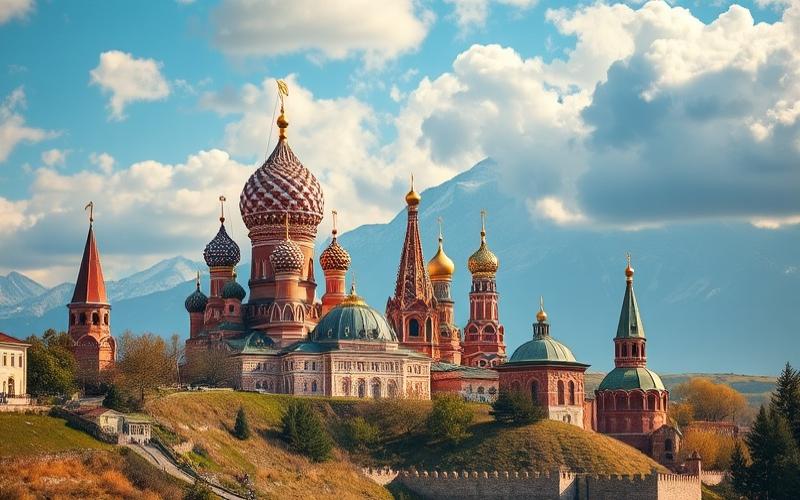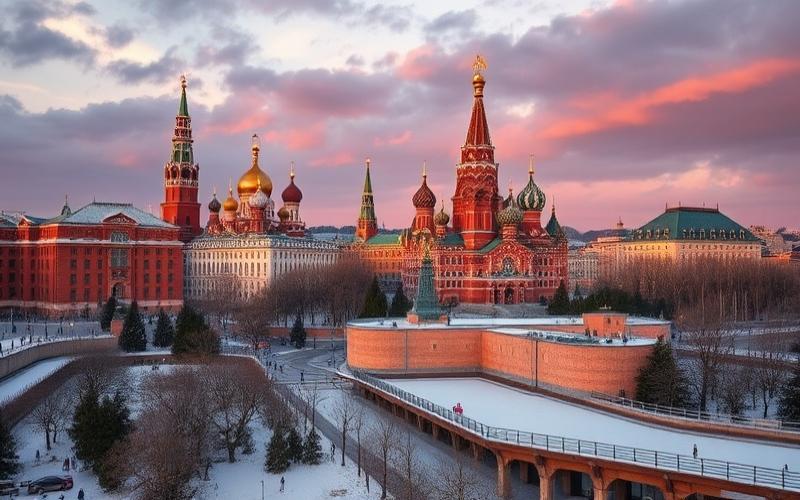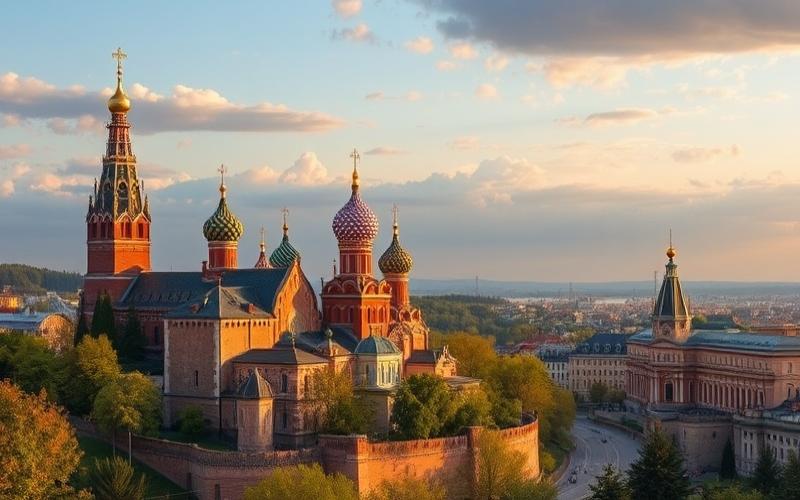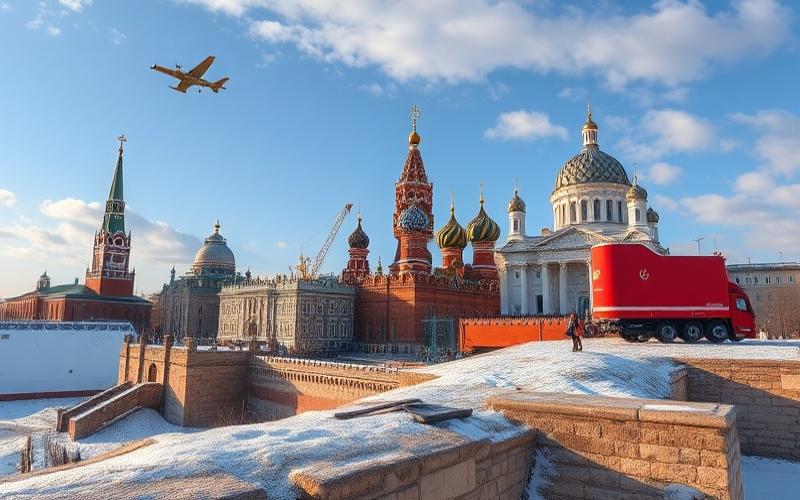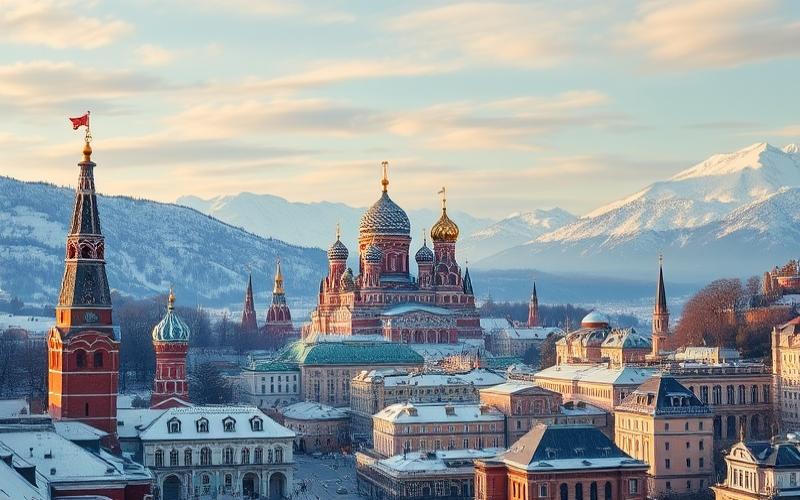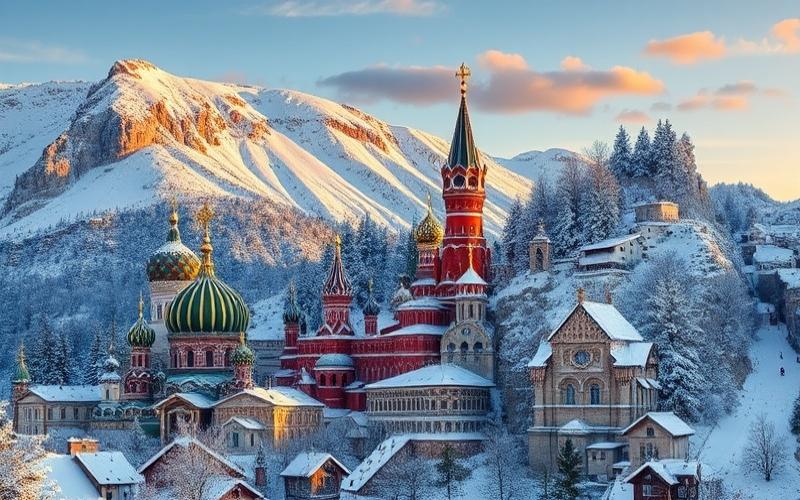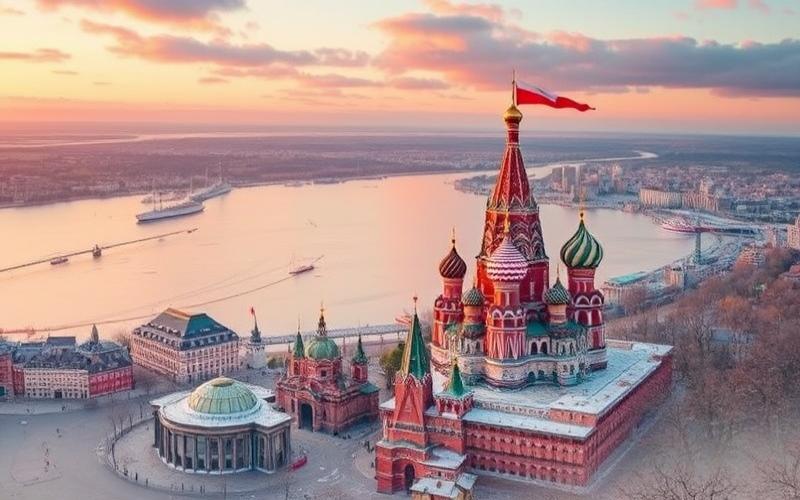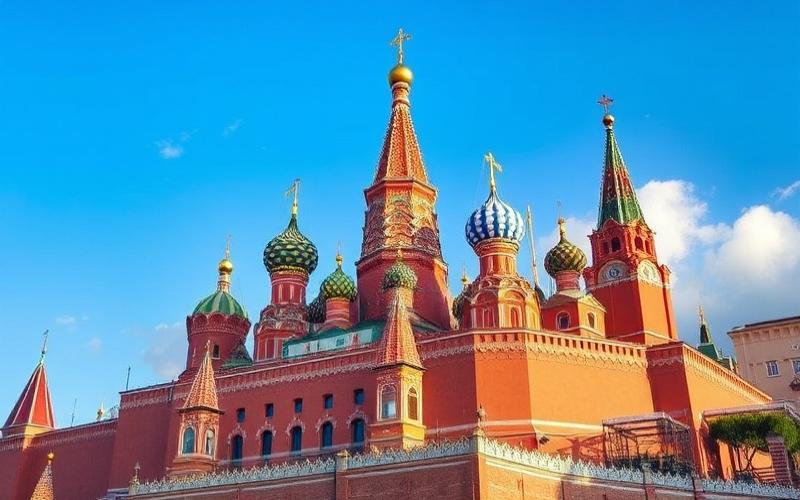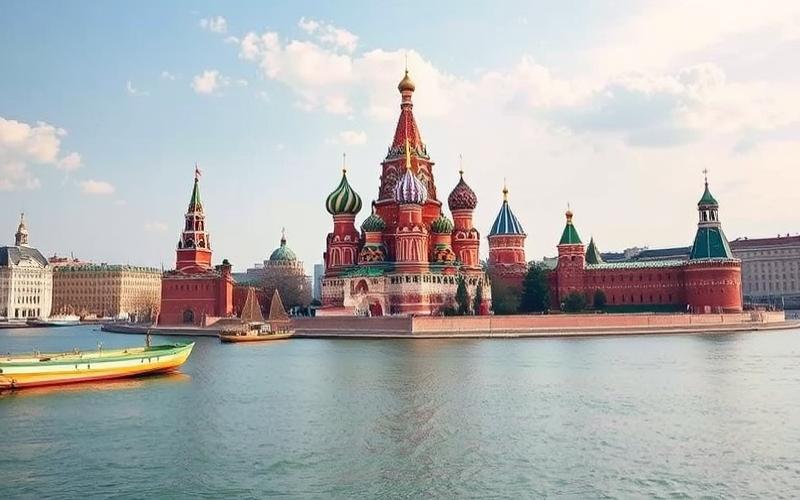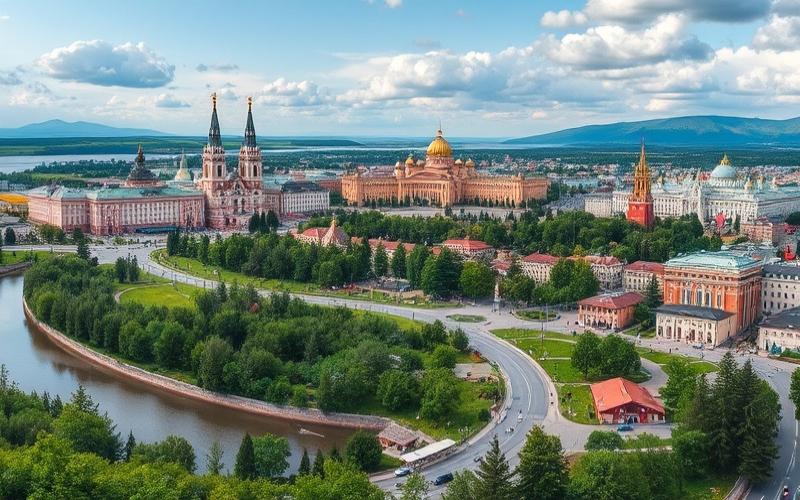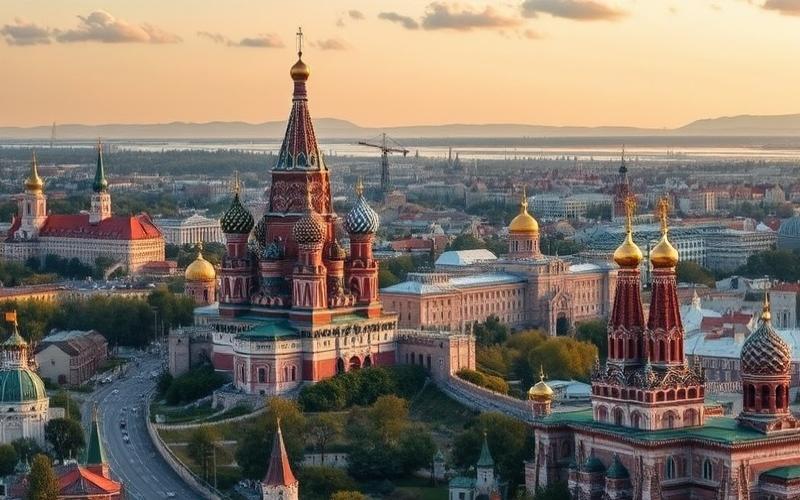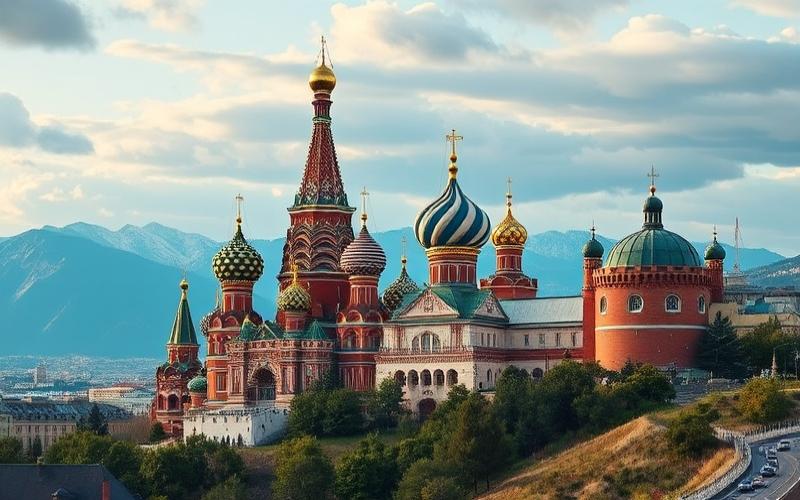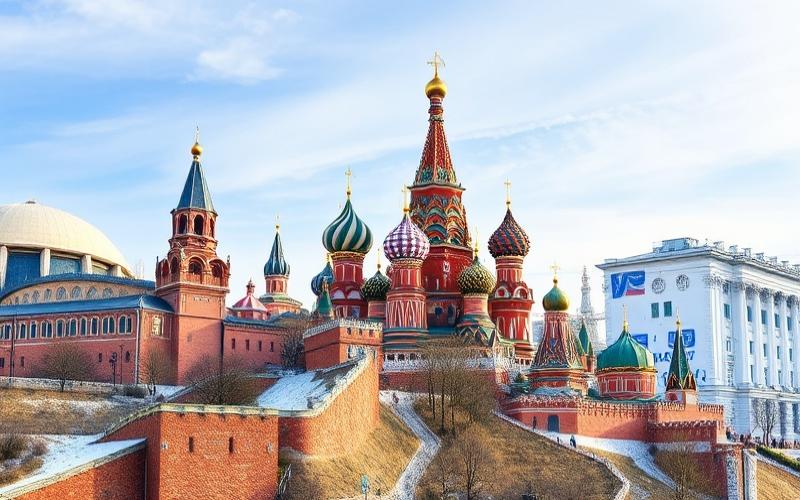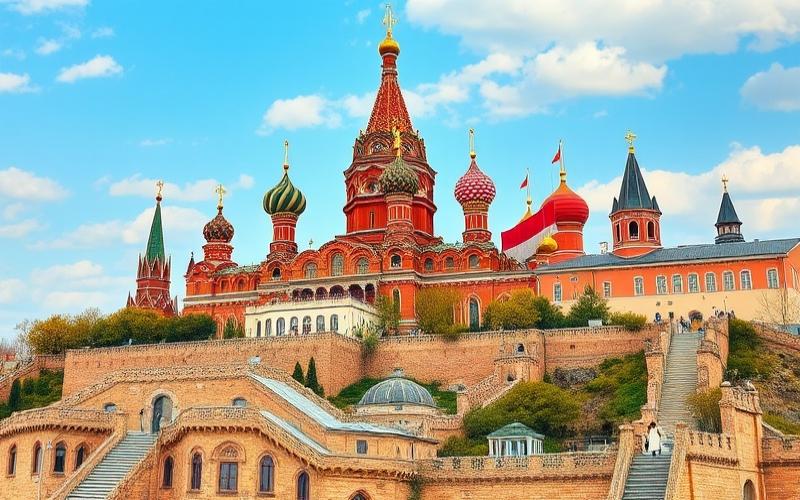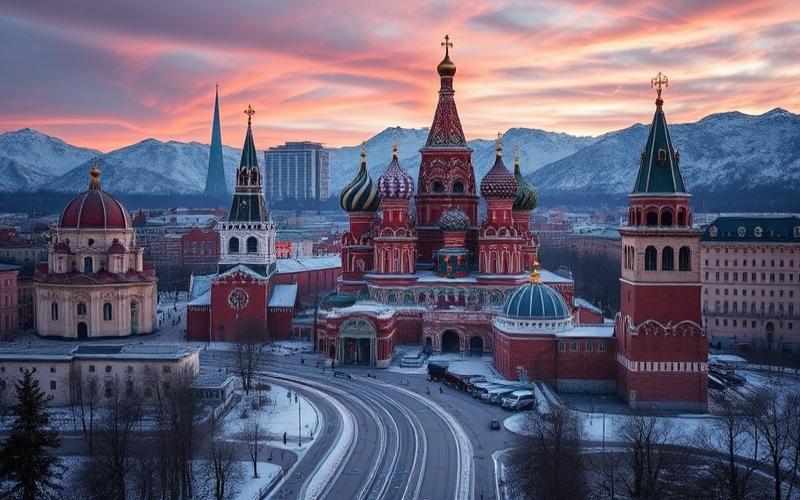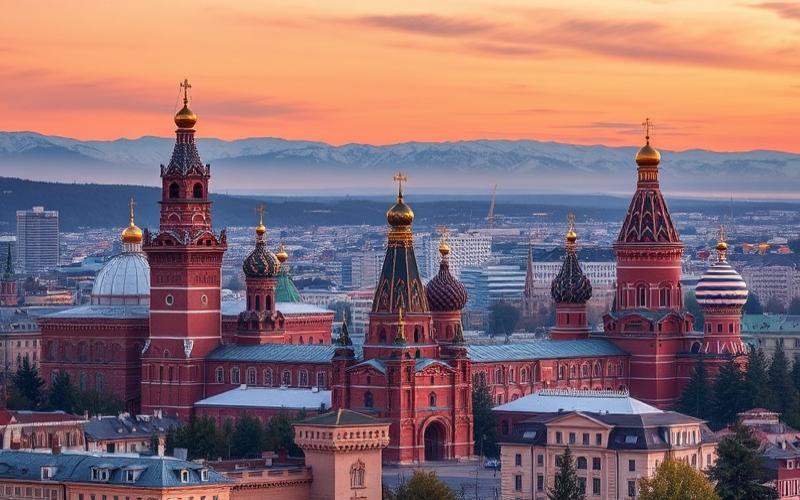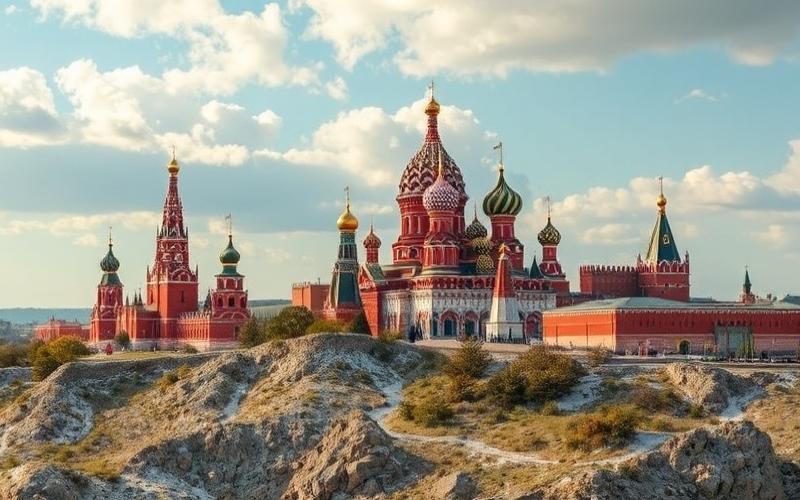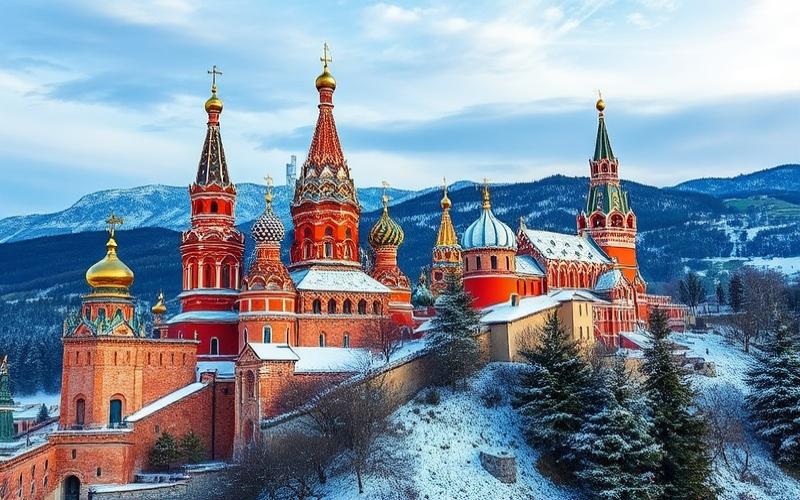
 Published on and written by Cyril Jarnias
Published on and written by Cyril Jarnias
Social security in Russia plays a crucial role in protecting and ensuring the well-being of its citizens, providing an essential safety net through various programs. Understanding the complex and nuanced system of affiliation and benefits is key to grasping how this vast country manages its population’s needs in the face of modern economic challenges.
By exploring registration mechanisms and various types of benefits, from retirement pensions to family allowances, this article offers an insightful overview of how Russia strives to ensure social security tailored to every segment of society, while highlighting recent innovations aimed at improving this vital structure.
Social Protection System in Russia
The history of Russia’s social protection system is structured into three main periods:
- 1598-1917: Early Initiatives
Scattered state interventions, primarily benefiting civil servants, military personnel, and workers in large factories.
Predominance of one-time assistance rather than an organized system. - 1917-1991: Soviet Period
Deployment of universal social protection, supported by state centralization and socialist planning.
After the October Revolution, creation of social insurance for workers, pensions for disabled individuals and soldiers’ families, maternity support, and the right to free healthcare guaranteed by the 1936 Constitution.
Rapid extension of coverage to all employees and collective farm members by 1956. - Since 1991: Post-Soviet Transition
Shift to a market economy, privatization of businesses, introduction of structural reforms (notably in 1991 and 1993 for health and unemployment insurance).
Maintenance of many traits inherited from the Soviet system despite modernization attempts.
Main Components of the Current System
| Component | Description | Funding | Administration |
|---|---|---|---|
| Health Insurance | Two-tier system: minimum public care guaranteed to all, option to subscribe to private supplementary insurance. | Employer contributions (3.6% of payroll), public funding for non-working individuals. | Health Insurance Fund, local authorities for free care, private companies for supplementary coverage. |
| Pension | Old-age, disability, and survivor pensions. | Mandatory social contributions (employers, sometimes employees), state subsidies. | Public pension funds, recent reforms to introduce partial capitalization. |
| Unemployment | Benefits for the unemployed, reintegration programs. | Social contributions, federal funds. | Public employment services, local administrations. |
Role of the State and Employers
- The State defines the legislative framework, oversees contribution collection, guarantees funding for benefits for non-active populations (retirees, students, disabled individuals, etc.).
- Employers pay mandatory social contributions for their employees, thus directly funding health, pension, and unemployment insurance.
- Benefits are mostly administered by public bodies, but private actors (supplementary insurance) are present, especially in healthcare.
Current System Challenges
- Financial Sustainability: Demographic aging, imbalance between active workers and retirees, risks of chronic underfunding.
- Benefit Effectiveness: Criticism over the low generosity of allowances (unemployment, pensions) and unequal access to quality care.
- Incomplete Transition: Often partial reforms, coexistence of Soviet mechanisms and systems inspired by Western models.
International Comparison
| Country | Dominant Model | Funding | Degree of Universality |
|---|---|---|---|
| Russia | State heritage, mixed tendency | Mostly public, social contributions | Near-universal coverage, but varying benefit levels |
| France | Bismarckian (social insurance) | Contributions + taxes | Broad coverage, generous benefits |
| Germany | Bismarckian | Social contributions | Universality, strong involvement of private funds |
| United States | Liberal | Taxes for the poor and retirees (Medicaid/Medicare), private insurance | Fragmentation, unequal access |
Summary Box:
The Russian state plays a central role in managing and funding the social protection system but faces major challenges of financial sustainability and effectiveness, in a context of incomplete transition between the Soviet model and market mechanisms. Compared to Western Europe, Russia offers broad coverage but often less generous benefits.
Good to Know:
Russia’s social protection system, resulting from reforms since the Soviet era, relies mainly on centralized state management, with combined funding from employers and employee contributions; however, it faces financial sustainability challenges comparable to other European countries, particularly regarding pensions.
Social Security Affiliation for Expatriates
Social security affiliation for expatriates in Russia is governed by specific legal requirements based on the expatriate’s status. Since 2023, the Social Insurance Fund (Фонд пенсионного и социального страхования Российской Федерации) manages the entire mandatory insurance system: pension (old-age, disability, death), health-maternity insurance, and workplace accidents.
Legal Requirements and Registration Process for Employed Expatriates:
- Foreigners employed by a Russian company must be affiliated with the local system.
- The employer registers with the Social Insurance Fund at the start of the contract.
- Documents generally required:
- Passport or ID card
- Work permit or appropriate visa
- Signed employment contract
- Russian individual tax number
Options for Non-Salaried Expatriates (Self-Employed, Students, Academics):
- Self-employed workers must register themselves with Russian tax and social authorities to benefit from local benefits.
- Participants in university exchanges or students may not be automatically covered; they must subscribe to suitable local or international insurance.
- In the absence of local employment, there is not always an automatic obligation or universal access to Russian systems.
Comparative Table by Status:
| Status | Procedure | Required Documents | Access to Social Protection |
|---|---|---|---|
| Employee | Via employer | Passport, permit/visa, employment contract | Yes |
| Self-Employed | Self-registration | Passport, tax proof | Yes (if registered) |
| Student/Academic | Private/local subscription | Student/university card | Variable |
International Bilateral Agreements:
Russia has concluded several bilateral agreements with certain countries allowing:
- Recognition of work periods in each country for pension purposes.
- Avoidance of double contributions for certain social risks.
Practical effects:
- For nationals from countries that have signed an agreement with Russia, possibility to transfer certain benefits or acquired rights. This mainly concerns old-age pensions and sometimes health/maternity benefits.
Simplified list – possible consequences:
- Exemption from Russian contributions if already covered via bilateral agreement
- Shared/recoverable rights upon return to home country
Maintaining Coverage in Home Country:
French expatriates can voluntarily join the CFE (Caisse des Français de l’Étranger) in order to:
- Preserve their French social rights during their stay in Russia
- Benefit from partial reimbursement of care incurred in France and sometimes locally
CFE procedure:
- Complete online/mail form
- Provide passport + proof of residence outside France
Main advantages:
- Continuous maintenance of French pension/health rights
- Quick coverage without medical questionnaire
- Possible supplementary coverage via French mutual funds
List – typical documents requested by CFE:
- French identity document
- Proof of residence outside France
- Bank account details (RIB)
Consequences and Risks of Non-Affiliation in Russia:
Not being affiliated with the Russian system exposes the expatriate to the following risks:
- Total or partial lack of medical coverage on site;
- No access to daily sickness/maternity allowances;
- Possible loss of local contributory rights (pension…);
- Legal risk if prolonged stay without compliant coverage;
It is therefore imperative to either be locally affiliated or covered by a recognized international scheme.
To optimize social protection during a Russian stay—especially given current restrictions on some international insurance—it is always advisable to:
- Analyze one’s actual professional status,
- Check for the possible existence of a bilateral agreement,
- Quickly subscribe to suitable supplementary protection before any departure
Good to Know:
Expatriates in Russia must register for social security via their employer or, if self-employed, directly with the authorities with the required documents; bilateral agreements can reduce contributions for those from certain countries, but non-affiliation exposes them to a lack of coverage. Expatriates can often maintain their national coverage but must check specific tax and administrative implications.
Social Contributions and Benefits in Russia
Mandatory Social Contributions in Russia
Since 2023, employers pay a single unified contribution covering pension insurance, social insurance (sickness, workplace accidents, maternity), and mandatory medical insurance.
Applicable Rates:
| Annual Salary Base (RUB) | Employer Rate |
|---|---|
| Up to 2,759,000 | 30% |
| Above 2,759,000 | 15.1% |
This rate encompasses all branches of mandatory social security.
Employees do not pay direct social contributions on their salary; only income tax (personal income tax) applies to them, with a progressive scale ranging from 13% to 22% depending on income level.
Indicative Breakdown of Employer Contribution (within the overall 30% rate):
- Pension insurance: approximately 22%
- Health insurance: approximately 5.1%
- Social insurance (maternity, accidents, unemployment): approximately 2.9%
Recent Reforms
- Since January 2023, a single contribution rate and a single salary ceiling apply to all branches, simplifying the system.
- Since 2025, taxation of self-employed individuals and sole proprietors has been strengthened, with extension of mandatory social contributions to new statuses and increased calculation bases.
- General tax increase to address budget pressures, without raising contribution rates, but broadening the base.
Main Social Benefits
Old-Age Pensions
Two pillars: insurance pension (pay-as-you-go) and funded pension (individual capitalization).
Calculation: depends on years contributed, average salary, and amount of contributions paid. The insurance pension remains predominant.
Legal age: 61.5 years for women, 66.5 years for men (increasing gradually).
Family Allowances
Birth allowances and child care allowances (up to 18 months or 3 years depending on situation).
The amount depends on reference salary and number of children, with a legal minimum.
Maternity and Paternity Leave
Maternity leave: 140 paid days at 100% of average daily salary, subject to an annual ceiling.
Paternity leave: limited, generally unpaid except in specific cases.
Unemployment Benefits
Calculated as a percentage of average salary from recent months, capped, and paid for 6 to 12 months depending on seniority.
Concrete Implementation Examples
An employee in Moscow earning 1,000,000 RUB/year will have their employer pay 300,000 RUB in social contributions (30%).
An employee earning 3,000,000 RUB/year: 30% on 2,759,000 RUB, then 15.1% on the surplus.
Regional Variations
Rates are uniform nationally, but access and level of benefits may vary by region (especially for family allowances and some regional supplements).
Wealthy regions (Moscow, St. Petersburg) sometimes offer supplementary benefits.
Current Challenges and Outlook
Challenges:
- Increased budget pressure (demographic aging, inflation, slowed growth).
- Sustainability of pension and benefit funding facing a shrinking productive base.
- Regional inequalities in access and quality of benefits.
Medium-Term Outlook:
- Continuation of pension reform (gradual increase in retirement age, incentives for individual capitalization).
- Strengthening of tax control and expansion of the contributor base.
- Risk of benefit reductions or future rate increases if the budget situation deteriorates.
Social contributions in Russia are therefore high, concentrated on the employer, and the system faces major structural challenges related to the economic and demographic context.
Good to Know:
Employers in Russia pay 22% in contributions for pensions and 5.1% for health insurance, while employees do not contribute directly; recent reforms have adjusted family allowances based on regional economic forecasts. Pensions are calculated based on accumulated points, and maternity leave covers 140 days with a capped average salary, but the system still faces the challenge of an aging population.
Disclaimer: The information provided on this website is for informational purposes only and does not constitute financial, legal, or professional advice. We encourage you to consult qualified experts before making any investment, real estate, or expatriation decisions. Although we strive to maintain up-to-date and accurate information, we do not guarantee the completeness, accuracy, or timeliness of the proposed content. As investment and expatriation involve risks, we disclaim any liability for potential losses or damages arising from the use of this site. Your use of this site confirms your acceptance of these terms and your understanding of the associated risks.


